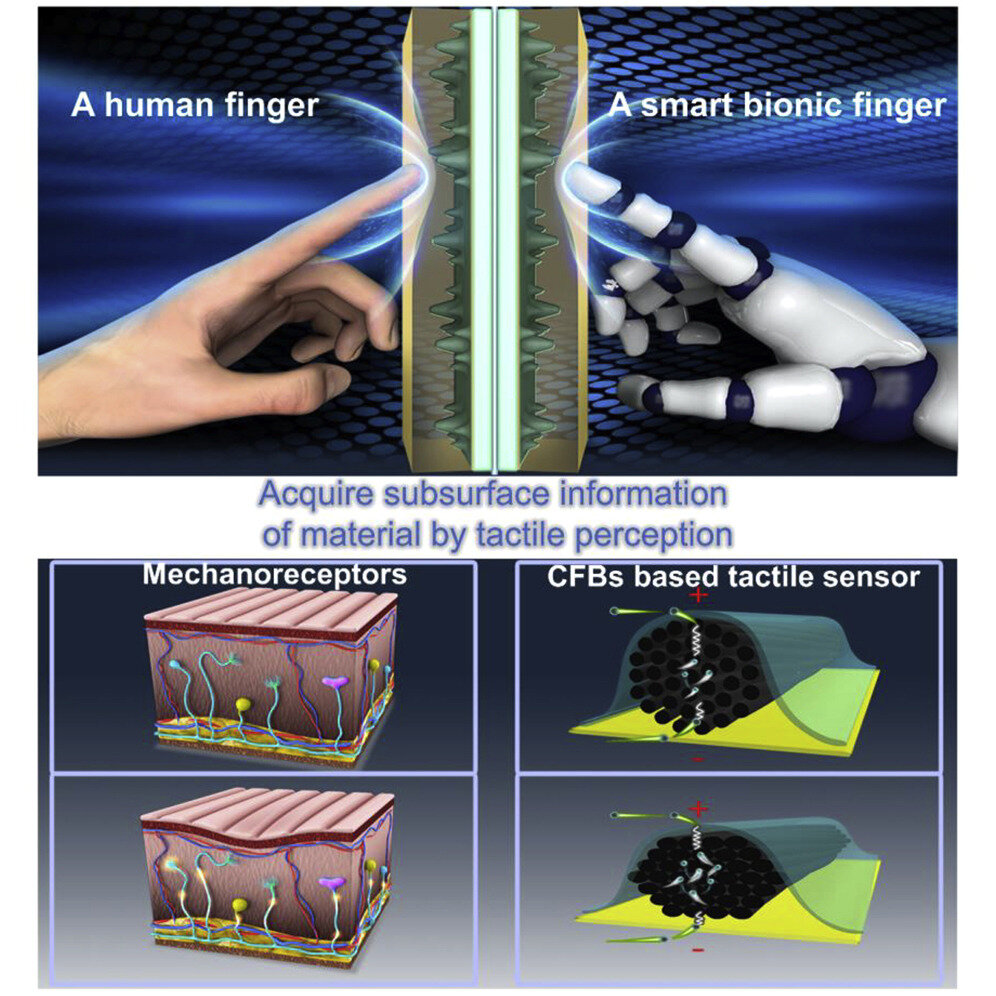
What if, instead of using X-rays or ultrasound, we could use touch to image the insides of human bodies and electronic devices? In a study published in the journal Cell Reports Physical Science on February 15, researchers present a bionic finger that can create 3D maps of the internal shapes and textures of complex objects by touching their exterior surface.
“We were inspired by human fingers, which have the most sensitive tactile perception that we know of,” says senior author Jianyi Luo, a professor at Wuyi University. “For example, when we touch our own bodies with our fingers, we can sense not only the texture of our skin, but also the outline of the bone beneath it.”
“Our bionic...
Read More







Recent Comments